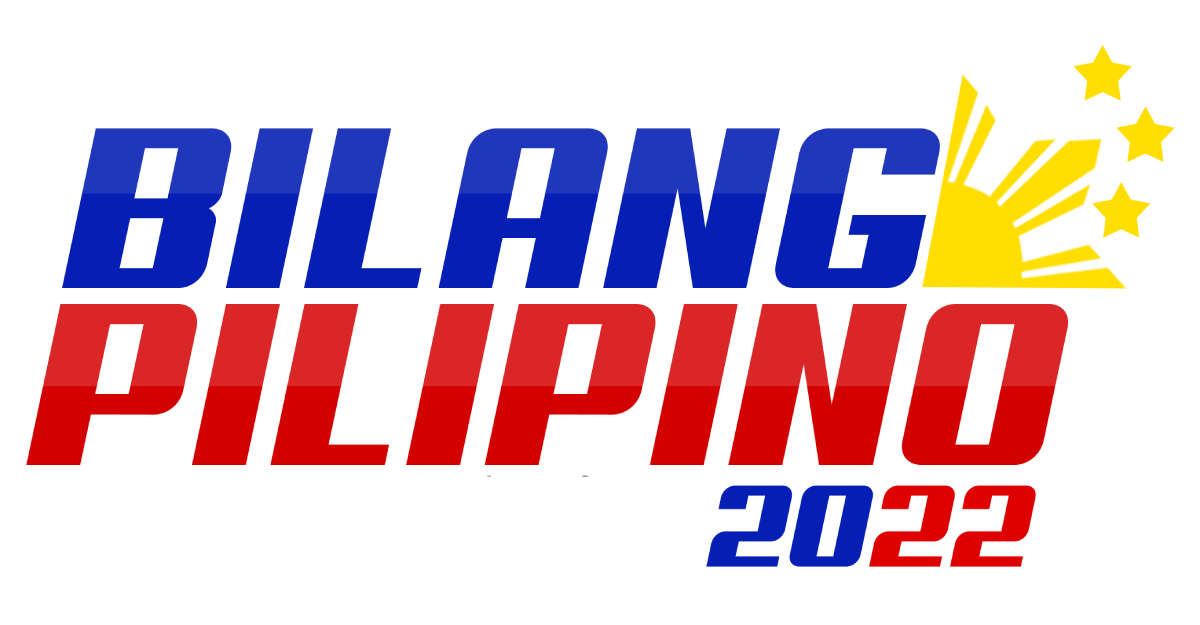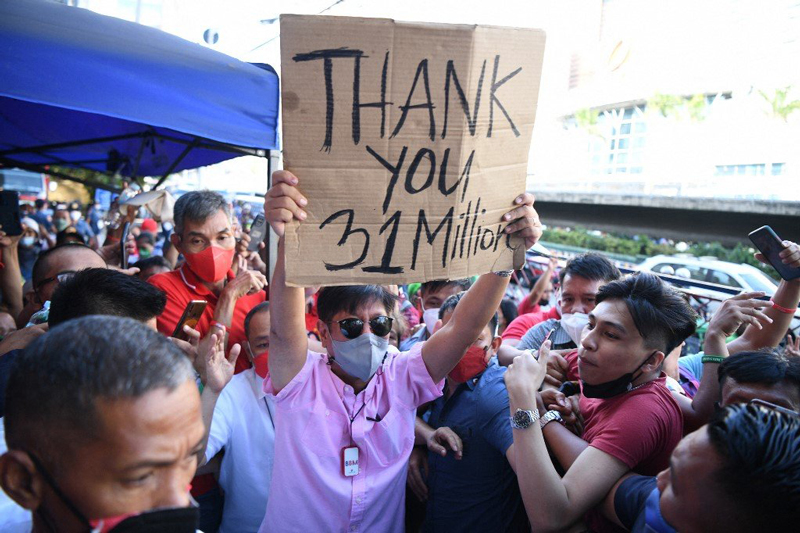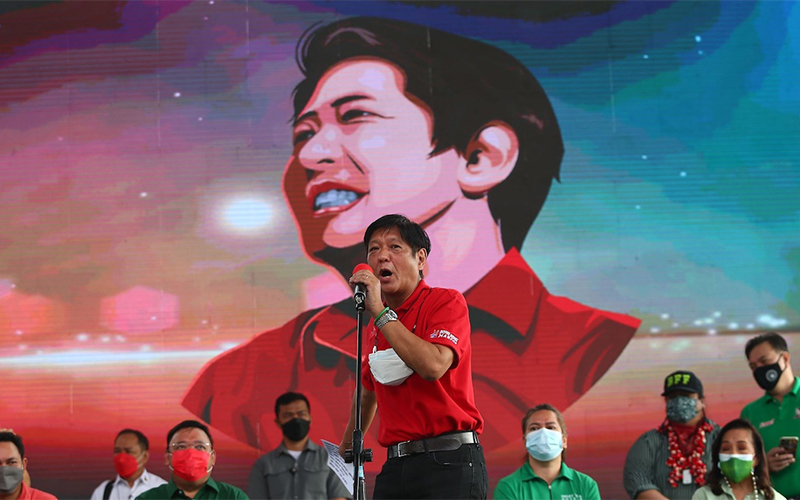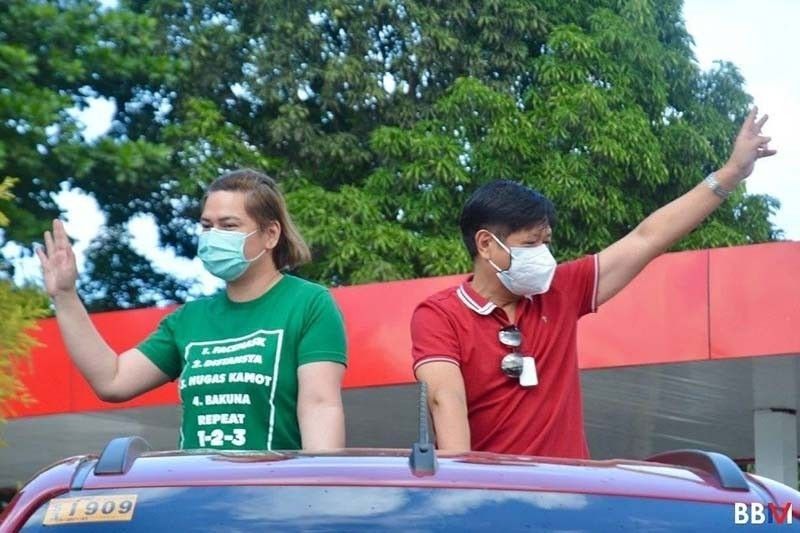The historical mandate and significance of presumptive President Marcos Jr. as a 'majority president'

What is the historical context and significance of the country having its first "majority president" since 1986?
The 2022 national elections was historic not just in the speed of the transmission of results but also in the resounding mandate that presumptive president Ferdinand "Bongbong" Marcos Jr. received from the electorate.
The 31.1 million votes of Marcos Jr. based on partial and unofficial results has stood as a historic election margin, making the presumptive president the country's first chief executive to be elected through a majority vote in 30 years.
What does it mean to be a majority president? And how did Marcos Jr’s campaigning and political machinery lead him to a stunning success at the polls?
Majority vs. Plurality President
A majority vote is when a winning candidate gets over half of all votes cast. Plurality, on the other hand, means a candidate gets more votes than the other candidates but is not over half of the total votes.
In the country's election history, from 1935 to 1969, only Carlos Garcia won by a plurality, as Manuel Quezon, Manuel Roxas, Elpidio Quirino, Ramon Magsaysay, Diosdado Macapagal, and Ferdinand Marcos Sr. all won by a majority.
After Corazon Aquino assumed the presidency after the 1986 People Power, which came following allegations of widepsread cheating by Marcos Sr. in the 1986 snap elections, all succeeding presidents from 1992 to 2016 won by a plurality, namely Fidel V. Ramos, Joseph Estrada, Gloria Macapagal Arroyo, Benigno Aquino III, and incumbent president Rodrigo Duterte.
This makes presumptive president Marcos Jr. the country's first president in three decades to be elected by a majority vote.
Based on 98.35% of election returns, Marcos Jr. secured at least 31.1 million votes—over half of his closest rival Leni Robredo's 14.8 million and higher than the other bets' combined 21.8 million votes.

By the numbers
Six years after Robredo won during the vice president in the 2016 elections, leading by 263, 473 votes against Marcos, Jr., the turnout is much different six years after after the latter managed to flip various vote-rich areas.
According to Comelec’s partial and unofficial surveys, Marcos not only doubled and tripled, but quadrupled, in areas that he struggled in before. In NCR, he led 64 provinces to Robredo’s 15, even including Francisco “Isko” Moreno Domagoso’s Manila.
Marcos Jr.s’ largest increase is in Guimaras with a 2,110% leap—from 2,000 votes in 2016 to over 45,000 in 2022. Other areas where he had a substantial increase were in Davao Del Norte with 1,140% and Cebu’s 669.48%.
Other areas such as Ilocos Norte, Aurora, Cebu, Negros Occidental, and Laguna also proved to be major advantages for the former senator.
Robredo’s losses in the regions of Mimaropa, Central Visayas, Northern Mindanao, Caraga, and BARMM were also instrumental to Marcos Jr. leading the polls.
The Marcos Appeal
In a discussion with Aquarius Media about the landslide victory of Marcos Jr., sociology professors Nicole Curato, Herbert Docena, and Erwin Rafael all echoed how the presumptive president’s promise of “unity” resounded with voters.
According to UP Diliman sociology professor Docena, the workers and the poor have been “angry” because of the material conditions they faced in the past 30 or so years, which Marcos Jr. was able to tap into.
“You have all these angry people wanting change, wanting grassroots change and Marcos—just like Duterte before him— was able to cleverly tap that anger, that resentment and he was able to channel it towards the ‘dilawans’ or ‘pinklawans.’ Kaya kayo naghihirap, kasalanan nila.’” Docena said.
“It’s a combination of the anger that was created by the material conditions that was channeled by Marcos against the dilawans and the dilawans not being able to counter that propaganda,” Docena added.

In an interview with CNBC, University of Santo Tomas professor Froilan Calilung pointed out that the Marcos Jr. platform was “plain and simple” enough for Filipinos to “digest.”
“His message of unity resonates very well with the public and this is in direct contrast to the campaign being waged by [Robredo], which is more aimed at mudslinging and smear campaign and attacks on the persona of the frontrunner.”
University of Canberra political sociology professor Curato pointed out that Marcos Jr. himself, however, did not himself perpetuate anger and instead portrayed himself as a victim. “He was the anti-populist, wala nga siyang enemy eh, good vibes lahat, unity lahat,” she said.
“When we talked to our respondents tinantanong kung bakit niyo gusto si Marcos Jr., [sabi nila] ‘kasi tahimik lang siya, kasi di siya nakikipag-away.’ Sino ba yung nang-aaway? ‘Si Leni!’ So yung pa-victim na personality ni Marcos Jr. talagang lumutang,” Curato added.
“Talagang klaro yung identity niya na siya yung inapi, siya yung anti-populist, siya pa yung 'di aggressive. Yung frustrations and anger naman, pwede siya i-tap ni Manny Pacquaio at Isko Moreno, mga perfect populist, pero bakit dun sa rich boy na-attract ang mga tao? I think it’s part of the story ng ‘unity’: wag na tayong mag-away-away, kakatapos lang ng pandemiya.”
And people resounded to the “victim” image, according to Docena. “Ang clever nung babangon muli kasi ano implication nun? Bumagsak ka. At sino nagpabagsak sayo? Yung mga nagpabagsak kay Marcos [Sr.]”
In 1986, the presumptive president’s father and namesake, the late former president Ferdinand Marcos Sr. was ousted from office, causing their family to flee to Hawaii.

Calilung also pointed out the social media machinery that played a huge hand in Marcos Jr.’s rise.
“It was perfectly executed, carefully crafted. Since he lost the vice presidency in 2016, he has been adamant about going into and reaching out to the public through blogs, social media content, and I think this is what’s giving him the big lead.”
Getting the perfect running mate
Before election bids were made official in October, Marcos Jr. only placed third with 13% of the vote in Pulse Asia’s June 2021 presidential preference survey. It was presumptive vice president Sara Duterte-Carpio who was leading the pack with 29%.
The presidential daughter initially sought for reelection as Davao City mayor before opting to run for vice president alongside Marcos Jr. Together, Duterte-Carpio and Marcos Jr. consolidated under the "Uniteam" banner the traditional "Solid North" of Ilocos and the southern bloc of Mindanao through their bailiwicks.
Having Duterte-Carpio run alongside him instead of against was a clever move on Marcos Jr.’s part, according to University of the Philippines sociology professor Rafael.
“Si Sara yung nagdadala ng boto sa Mindanao, sa Visayas. Masyadong nagfocus yung campaign trying to hit Marcos when the one actually leading the surveys was Sara,” Rafael said.
Duterte-Carpio raked in 31.5 million votes for the VP post, leading in Ilocos, Central Luzon, Central Visayas, and all regions in Mindanao.
The UP Diliman associate professor also said that people see Marcos Jr. as a sign of Duterte’s continuity.
“Some people are wanting to see continuity and it is something dahil nga kinuha niyang VP si Sara, they’re still trying to see it as a continuity of a regime na sa tingin nila ay nakatulong sa kanila,” Rafael explained. “Some people actually felt safer under this administration and some people kept on referencing a certain regime na ayaw nilang balikan.”

Calilung also pointed out that President Duterte is leaving the presidential post with generally positive approval ratings. Latest poll from the Social Weather Survey found that Duterte maintained a high net satisfaction of +60 among Filipinos during his 2021 fourth quarter performance. Compared to their September 2021 surveys, the pollster even saw an 8-point rise in satisfaction among 1,440 respondents.
“This is being rubbed off on Bongbong Marcos presumably because his running mate is the daughter of Duterte,” said Rafael.
Duterte-Carpio plans to have her inauguration on June 19 in Davao City, while Marcos Jr. is set to have his on the traditional June 30 date on a yet-to-be-anounced venue. The Quirino Grandstand in Manila, traditionally where Philippine presidents are inaugurated, has been used by the government for its pandemic response.
Amid the burden of history and the demands of his historic mandate, Marcos Jr., through his spokesman Vic Rodriguez, has vowed that he will be "a President for all Filipinos."


